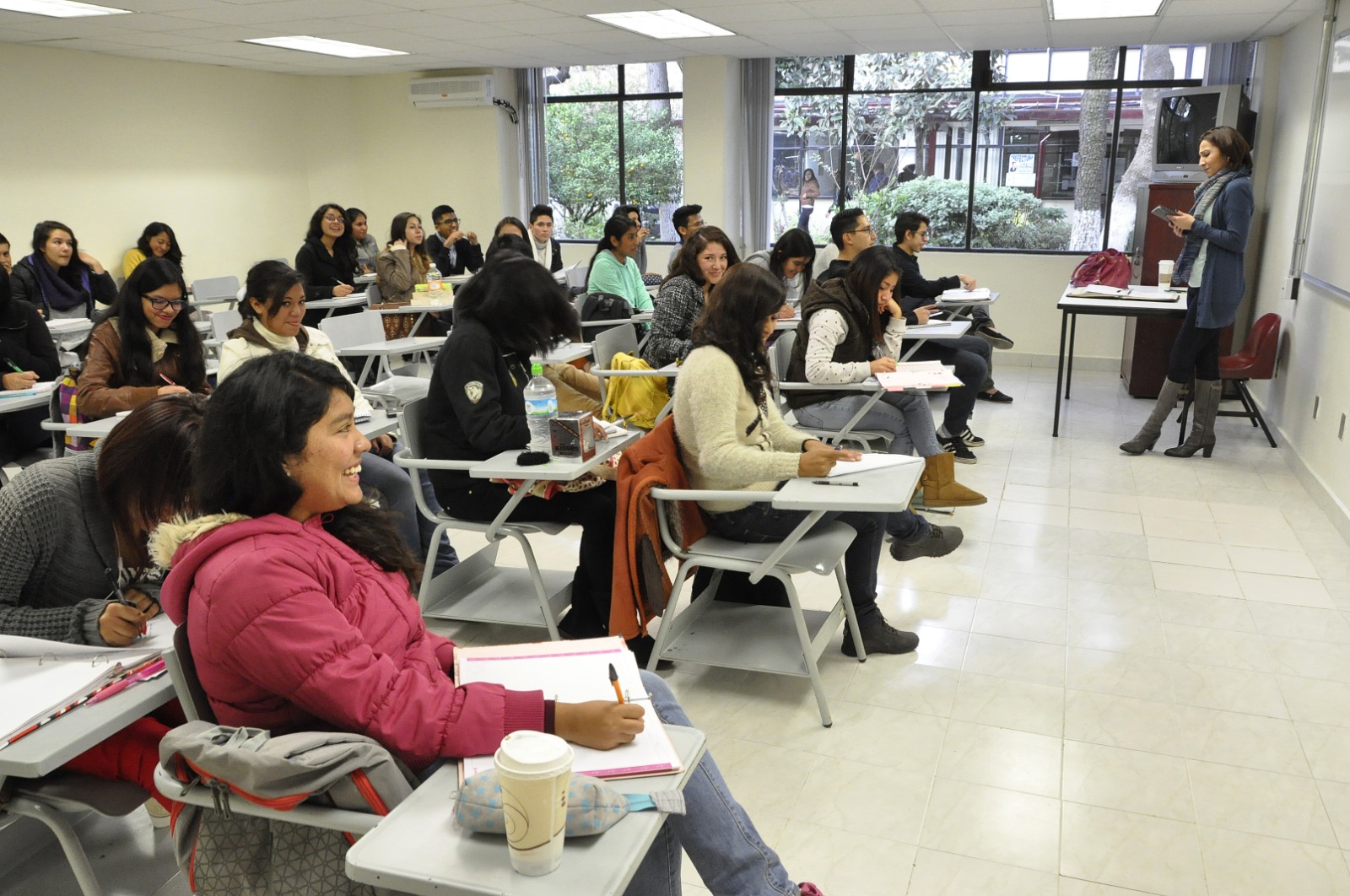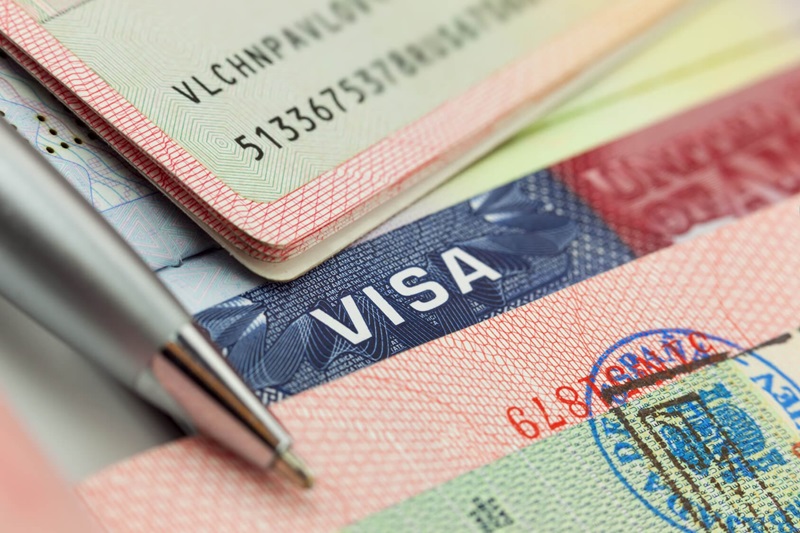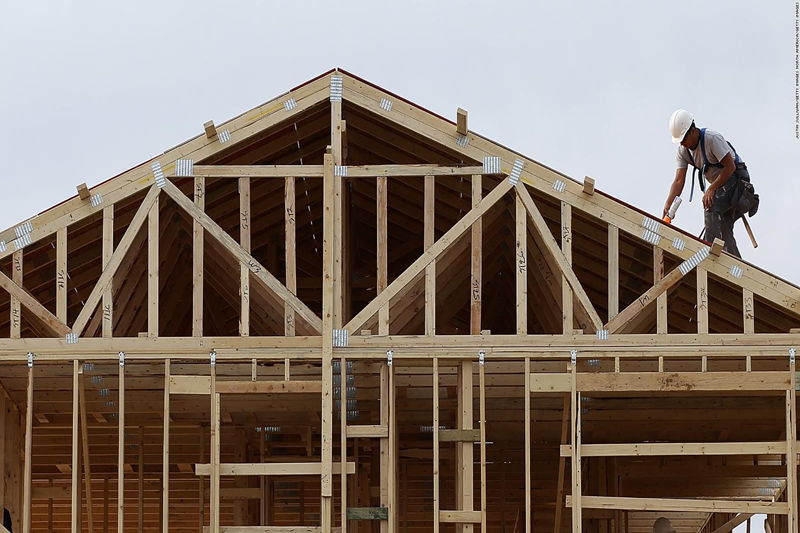Understanding the Education System in Mexico: A Comprehensive Guide
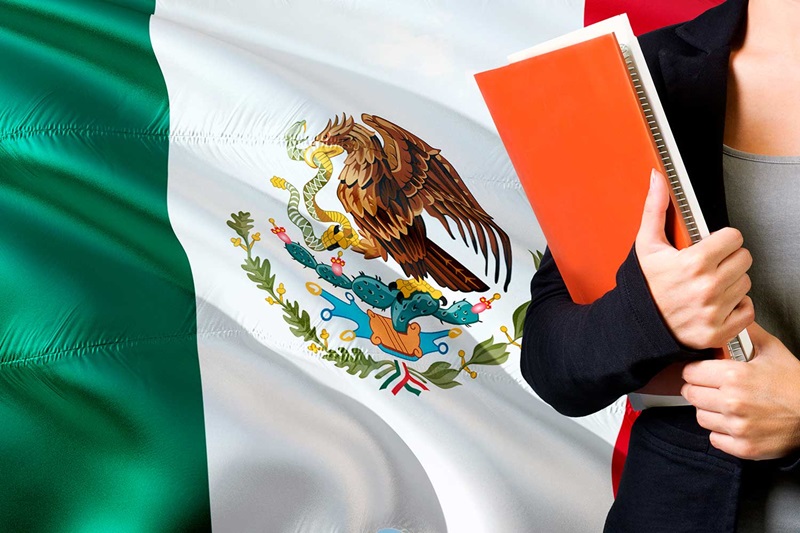
If you are thinking of having you or your children study in Mexico, it is necessary that you know everything about the education system in Mexico, in this article we will detail everything you should know about it.
The education system in Mexico is made up of basic education, which is composed of three levels, preschool, elementary and middle school, high school, which is divided into high school or equivalent levels, and finally, higher education, which is the education provided right after finishing high school or its equivalents, that is, higher education is the level that is composed of bachelor’s, specialty, master’s and doctoral degrees, as well as higher technical university studies.
The importance of understanding the education system in Mexico for expatriates, parents and educators should be emphasized. In addition, it should be noted that the education system in Mexico determines that in case a foreigner wishes to study in Mexico for a period longer than 180 days to take a course, studies, research projects or training in an educational institution that belongs to the Mexican Education System, he/she is required to apply for a temporary resident student visa, to achieve this process, it is necessary to request an appointment at the Consulate by mail that corresponds according to your country.
Here’s everything you need to know about the Mexican national team: Exploring the Most Popular Sport in Mexico: A Deep Dive into Mexican Sporting Culture
Learn all about education system in Mexico
Mexico was able to experience a significant change thanks to the influence of historical events and governmental policies. The education system in Mexico achieved significant changes from the mandate of Lázaro Cárdenas until the 90’s, and it was during this period that schools were established in rural areas, and also sought to combat illiteracy with media such as radio and television, at this time the importance of a united family, moral values and education was emphasized.
As a result of this, in 1942 the Organic Law of Education was enacted, the following year the National Service of Education Workers was created and in 1958 the Magistral Movement began, seeking to improve primary education and in 1959 the National Commission of Free Textbooks was established.
It should also be noted that in 1970 a massification of educational enrollment was achieved, with a notable increase in the number of women in higher education. Another important aspect occurred in 1996, when the National System of Educational Evaluation was established.
In 2000, the Education for Life Model was implemented, allowing adults to choose areas of study and granting greater autonomy to private universities. In 2001-2006, the Educational Revolution began, seeking to implement quality and avant-garde education.
For 2006-2012, the Globalization of Education began, with the purpose of improving the quality of education and little by little, learning by competencies was introduced. It should also be noted that during this period an Educational Reform was implemented, which establishes that basic education in Mexico is mandatory.
The last outstanding change in the education system in Mexico occurred on March 13, 2017, when they introduced a New Educational Model that seeks a comprehensive reform of the education system in Mexico.
Learn all about: Pleasant Mexico daily life
Levels of the education system in Mexico
As mentioned above there are several levels of the education system in Mexico, we will talk about them in detail below:
Basic Education
It is divided into preschool, primary and secondary education, here we will detail each of these stages of study.
Preschool Education
The first thing to keep in mind is that preschool, primary and secondary education in Mexico (the levels that make up basic education in Mexico) are compulsory. Having clarified this point, it should be noted that preschool is the first formal stage in the education system in Mexico, designed for children between 3 and 5 years of age.
This level of basic education is part of the education system in Mexico and is regulated by the Ministry of Public Education.
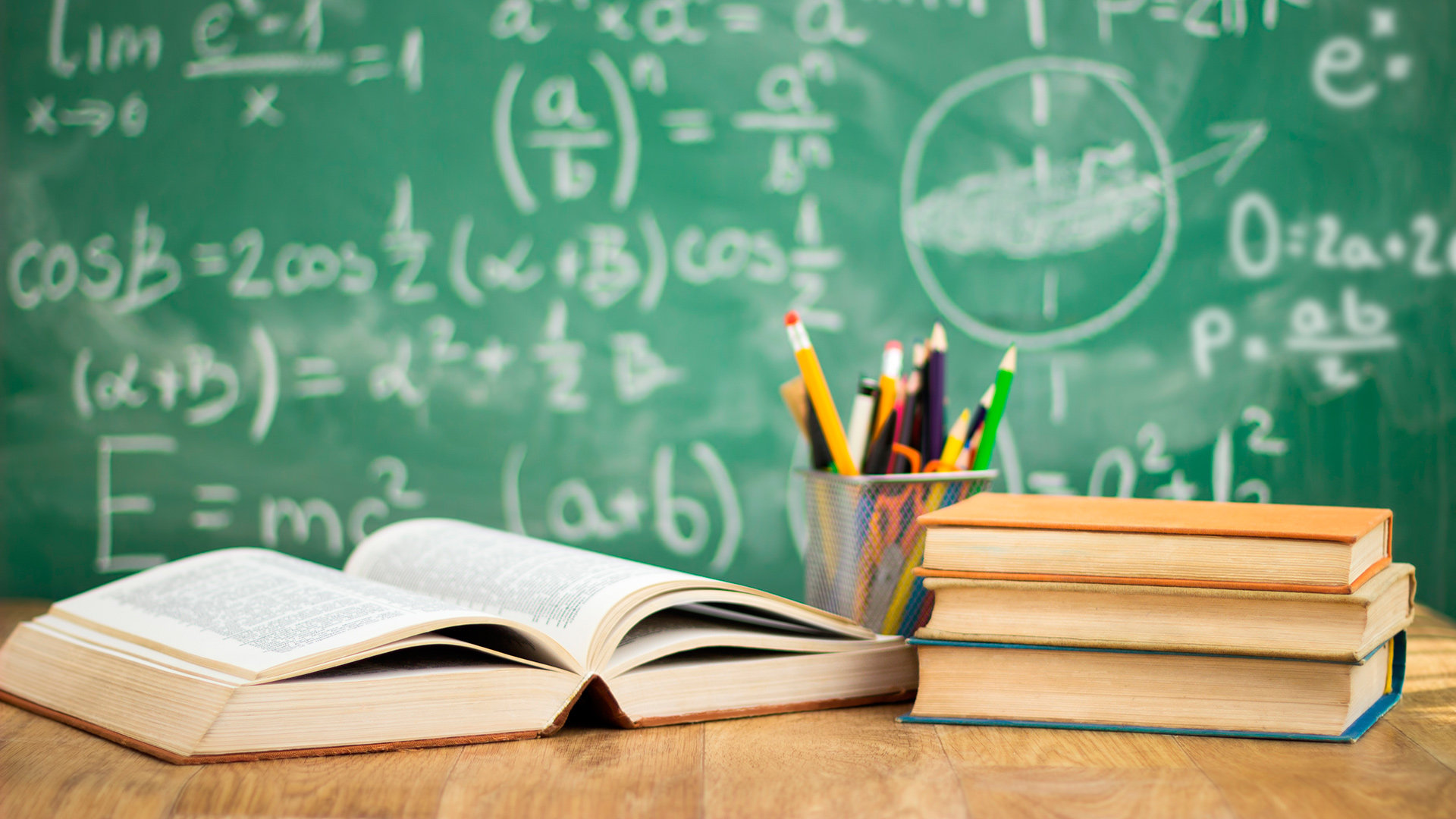
The objective of this stage is to provide children with a safe environment where they can stimulate their abilities and develop fundamental skills in areas such as socialization, language, motor skills and problem solving.
It should be noted that the number of students enrolled in preschool has been increasing due to government regulations on compulsory education.
Primary education
In the education system in Mexico, primary education is provided to boys and girls from 6 to 14 years of age, both in public and private schools. This level of basic education seeks to develop academic training directly related to the development of writing, language, mathematics and science.
It also seeks to promote the personal and social development of the students. The school structure at this stage has a duration of six years, divided into six grades, in this stage three services are offered, general, indigenous and community courses.
On the other hand, the primary school curriculum seeks to prepare children in language, scientific knowledge and thinking, ethics, nature and society of human beings and the community, and most private schools offer English as a subject.
Regarding the role of the Ministry of Public Education, its purpose is to create conditions to ensure access to quality education, at the level and modality required in the place where it is demanded.
Secondary Education
Secondary education is the last level of basic education. Basic secondary education is from 7th to 9th grade and has three modalities, general, technical and telesecundaria, which consist of three years. The purpose of these modalities is for the adolescent to acquire the tools for lifelong learning.
In secondary school, subjects such as Spanish, foreign language, mathematics, biology, physics, chemistry, history, geography, civics and ethics, personal and social development, arts, social-emotional education and tutoring, physical education and in some institutions include areas of curricular autonomy.
It should be noted that there are differences in financing and resources between urban and rural areas, and that urban areas in Mexico offer a more complete structure and education than rural areas.
Upper secondary education
Upper secondary education is attended by students who have completed basic education and the age at which they normally attend it is between 15 and 18 years old. This educational stage seeks to contribute to the formation of citizens with technical-professional and propaedeutic graduation profiles, which is why it offers several high school plans.
Currently, according to ANUIES, there are 216 higher education institutions throughout Mexico. On the other hand, it should be noted that another important factor in this stage of education is the diploma, which is awarded to students who complete basic and secondary education.
It is important to mention that all those who finish their basic and middle school education (favored by a good average) have the opportunity to face challenges with greater ease and in turn, will receive greater opportunities for higher education. However, it should also be noted that in Mexico, some regions still lack the educational development that urban areas have, so studying for some people is an uphill struggle.
If you want to visit CDMX be sure to read: Best time to visit Mexico City
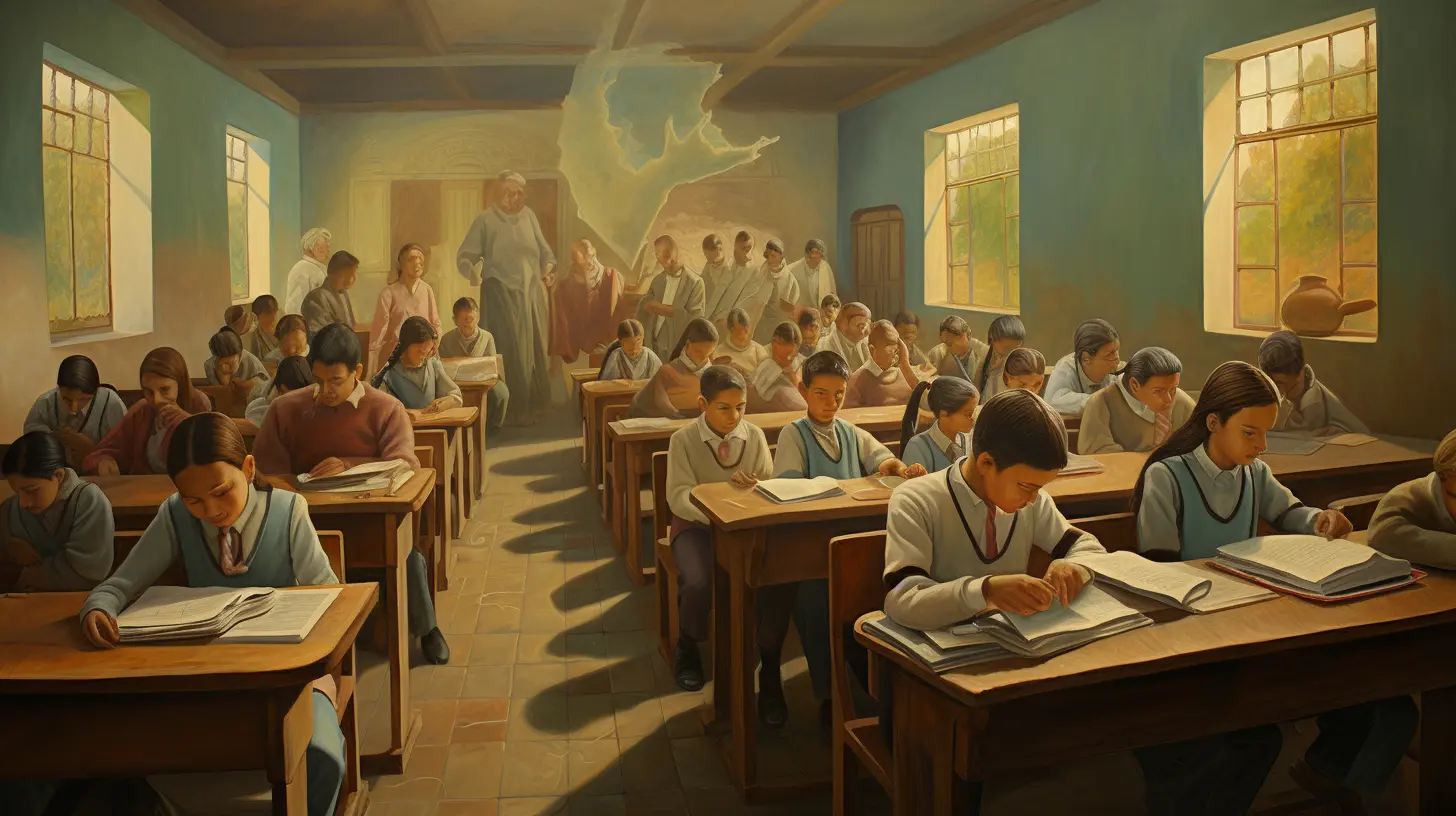
Private vs. public school
Mexico, like many other countries, offers both private and public education in preschool, elementary and high school.
Private education has longer schedules because it includes other curricular subjects (this occurs in preschool as well as in elementary and high school), books are considered with additional costs and specific school supplies, most private schools have extracurricular workshops, with an additional cost.
It should also be noted that most of the time private schools are the ones that obtain better results, since private schools in Mexico have a better structure and teach languages such as English from preschool onwards.
On the other hand, there are public schools that in preschool have a schedule from 8:00 am to 12:00 pm, where there are no monthly tuition payments, their books are free and school supplies are basic, although few, some public schools have extracurricular workshops. It should also be noted that in elementary school the public school schedule is from 8:00 am to 1:00 pm and in high school there are morning and afternoon shifts.
It should also be noted that public schools must be secular and their teachers must have a professional license and last but not least, English is not mandatory in public schools in preschool and elementary school, but it is in high school.
If you want to travel to Cancun, this will interest you: What is the legal drinking age in Cancun Mexico
International student mobility
Mexico’s higher education institutions receive approximately 9,000 foreign students per year. The regions of origin tend to be Europe, South America and North America, the main countries being France, Colombia, Spain, the United States, Germany, Argentina, the Netherlands, Canada, South Korea and Australia.
It is also important to note that foreign students tend to study in Mexico social sciences and humanities, medical and health sciences, engineering and technology, agricultural and natural sciences. The main areas where foreigners reside are in the Northeast of Mexico, the Metropolitan area and the Center-West.
Now that you know all about the education system in Mexico, are you ready to start your or your children’s education in Mexico?
